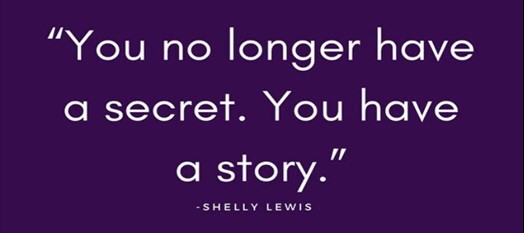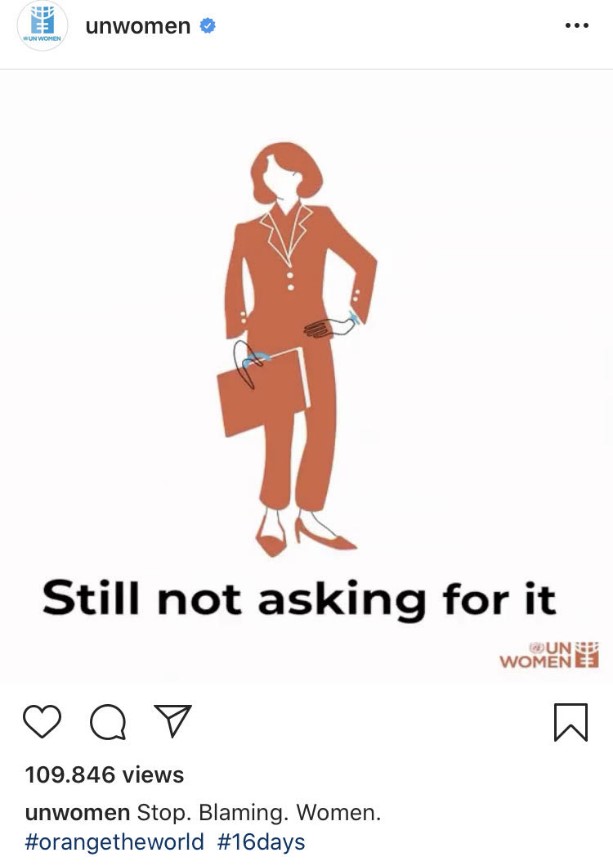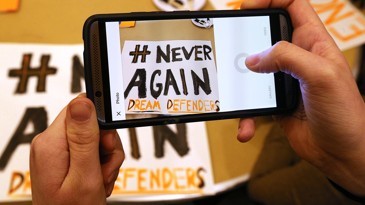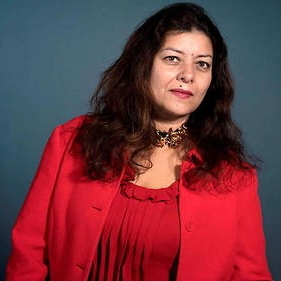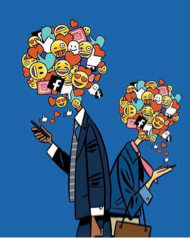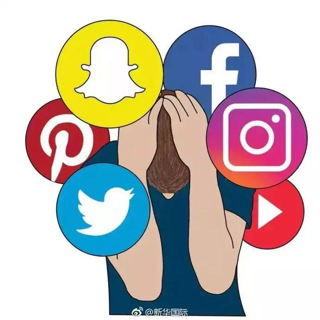Salome Schmid
This blog post was produced as part of the course “Social Media, Ideologies, and Ethics in the United States” at the University of Turku.
On the example of the #metoo movement, the opportunities social media provides, and whether it’s capable of shaping and changing political reality in the United States
“Tell your story.
Shout it. Write it.
Whisper it if you have to.
But tell it.
Some won’t understand it.
Some will outright reject it.
But many will
thank you for it.
And then the most
magical thing will happen.
One by one, voices will start
whispering, ‘Me, too.’
And your tribe will gather.
And you will never
feel alone again.”
― L.R. Knost
The current U.S. President has said: “grab [women] by the pussy… you can do anything.” An Associate Justice of the Supreme Court has been accused of the sexual assault of several women. More than 250 powerful people in the U.S., from celebrities to CEOs and senators, have been publicly accused of sexual misconduct. With the amount of sexual violence, harassment, and discrimination happening every day at work, school, or at home, tabooing the topic of sexual abuse won’t bring us anywhere.
To structurally change something in our society — on the state level, as well as in our individual way of thinking — it is necessary to talk about it. In 2017, the hashtag #metoo was introduced in the United States, expanding worldwide, to give victims of sexual assault a frame to talk about their experiences. Since mid-October 2017, when the New York Times and New Yorker published allegations of film producer Harvey Weinstein having sexually assaulted several women throughout the years, the hashtag has been used millions of times.
Giving victims of sexual violence a voice and an equal chance of being heard, social media provided an ideal public sphere for the movement, since it’s not dominated by a certain race or gender and is accessible to everyone. The vast scope and the dimensions of the #metoo movement, with the use of the hashtag averaging 55,319 times a day in at least 85 countries, is undeniable. Nevertheless, social media activism is often criticized for having only little impact on actual policymaking. However, in the United States, the movement is expected to influence the 2020 elections, as it has caused a shift in the way Americans think and made them question who is in power. This has also been triggered by recent debates on abortion and women’s control over their bodies. Through the support and solidarity of the movement, many women have found the courage to speak out, which led, for example, to the resignation of nine members of Congress.
Even though the #metoo movement has a feminist background and the victims are often women, everyone regardless of gender, background, or ethnicity can be a victim of sexual assault.
Sources:
Mendes, K., Ringrose, J., & Keller, J. (2018). #MeToo and the promise and pitfalls of challenging rape culture through digital feminist activism. European Journal of Women’s Studies, 25(2), 236–246. https://doi.org/10.1177/1350506818765318
North, A. (2019, Sep 27, 2019). New poll shows major shift in how Americans think about men in power. Retrieved from https://www.vox.com/2019/9/27/20885011/trump-brett-kavanaugh-me-too-metoo-2020


